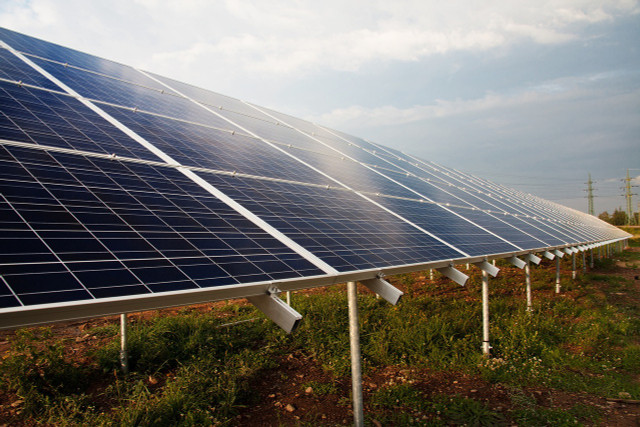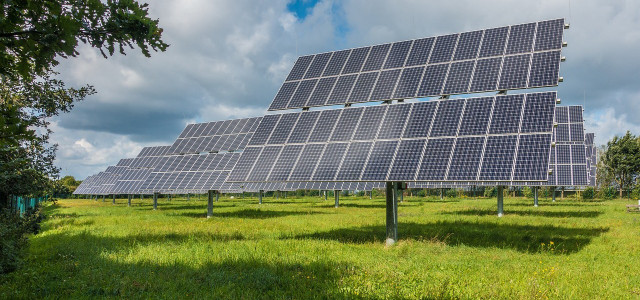Do carbon offsetting programs actually work? Not so much, it turns out. While offsetting initiatives have potential, they’re currently an ineffective fix for a larger problem.
In the age of increasing environmental awareness, carbon offsetting programs have emerged as a beacon of hope for many organizations striving to make a positive impact. But do these initiatives really stand up to scrutiny?
Carbon offset programs aim to counterbalance CO2 emissions by implementing measures like tree planting or by financially supporting similar endeavors. Beyond the promise of reforestation, these programs can also channel resources into various types of renewable energy, advancements in energy efficiency and cutting-edge carbon removal projects.
Below, we unpack the true efficacy of these initiatives and determine whether they truly offer a sustainable path forward or simply a greenwashed modern-day indulgence.
Are Carbon Offsetting Programs Effective?

Carbon offsetting has the potential to be extremely helpful in mitigating the climate crisis. If carbon offsets were effective, they could reduce the impact of greenhouse gasses. Experts say that offsets will likely be necessary reach net-zero emissions by 2050 and avoid the worst effects of climate change. However, to meet these expectations, programs must be designed and administered much differently.
Unfortunately, carbon offsetting today is simply not working. The quick fixes administered in the name of carbon offsetting are ineffective.
While offsets have done some good, they are nowhere near equal to the carbon emissions they claim to balance. For example, California’s forest carbon offsets program was found to have exaggerated its emissions reductions by at least 80 percent, and the European Union Commission says that 85 percent of its projects did not reach their reduction goals.
Underwhelming results can be attributed to several factors:
- Measurement issues: Part of the problem behind carbon offsets is that emissions are difficult to measure, and even well-designed projects might not pan out as planned. California lost 150,000 acres of its carbon offset forest lands due to wildfires in 2021, for example. It’s challenging to offset emissions accurately when we’re unsure about how much the new project will either absorb emissions or generate clean energy.
- They’re unproductive: Carbon offsets are effective only when they support a reduction in carbon that wouldn’t have occurred without the funding. For instance, if a company funds the preservation of a forest that was never at risk of being cut down, it’s not truly contributing to carbon reduction. In such scenarios, companies might seem like they’re addressing climate change, but in reality, they’re making no genuine difference.
- Illogical assumptions: Some carbon offsetting programs lack foresight. Greenpeace points to oil giants like Shell and BP, which have taken up tree planting to counteract their emissions. But here’s the catch: it can take up to two decades for these freshly planted trees to absorb the carbon levels claimed by these offset programs. Plus, when these trees perish, they release the stored carbon back into our atmosphere, exacerbating the environmental challenge. Regrettably, numerous firms seem more keen on securing an eco-friendly badge for purportedly cutting their carbon footprint than on genuinely considering the long-term implications.
Carbon Offsets: Just Corporate Smokescreens?



Carbon offsetting programs, while pitched as a solution, can sometimes be more of a smokescreen than an actual remedy. The New York Times highlights that these programs might let society sidestep the real task of tackling climate change. Instead of curbing emissions directly at their origin, offsets provide a convenient bypass for corporations, allowing them to essentially purchase a pass from making tangible changes.
Alarmingly, this perceived balance might even embolden some companies to up their emissions, falsely comforted by the idea that offsets neutralize their impact. Moreover, a few offset schemes push the onus onto consumers, asking them to chip in more on their bills to counteract emissions, letting corporations off the hook again.
In essence, while the idea of carbon offsets sounds appealing, the genuine answer lies in actively reducing emissions, not just sidestepping them.
Examples of Carbon Offsetting Programs



There are a few options available to those who want to feel like they’re making a difference, however small. They include:
- Airlines like easyJet claim to offset their carbon emissions. In fact, easyJet claims to offset all of their carbon emissions by planting trees, reducing deforestation and increasing use of renewable energy. However, research has shown that easyJet’s calculations are not transparent, impossible to verify and likely exaggerated.
- British Petroleum (BP) is a big oil company which boasts industry leading carbon offsetting programs largely through tree-planting. However, Greenpeace has pointed out that the company’s efforts are insufficient. Experts have called their environmentalist campaign deceptive propaganda.
- Ecosia is an example of a company that uses carbon offsets effectively. Ecosia is an eco-friendly search engine that runs largely on renewable energy and compensates for unavoidable emissions through offsets. The company pays for high-quality carbon credits, produces 200% renewable energy and plants hundreds of millions of trees.
Read more:
- Online Video Streaming Isn’t Sustainable — Here’s Why
- Carbon Neutral vs. Net Zero: What’s the Difference?
- Green Hushing on the Rise: How Problematic Is This Greenwashing Twin?
- Is Degrowth the Economic Solution to Climate Change?
Do you like this post?








